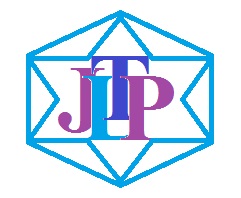AN EXPLORATORY STUDY: DEVELOPMENT OF ELECTRONIC MODULES IN MATHEMATICAL PHYSICS I COURSE
DOI:
https://doi.org/10.24114/jltp.v3i1.57018Abstract
Abstract is written using Sylfaen letters, size 11, space 1 with a maximum text length of 165 words. Abstracts are written in the standard Indonesian version with enhanced spelling. Abstracts are also written in the English version with applicable conditions. Abstract contains objectives, methods, results and conclusions. This research is an exploratory type of research that aims to find out the difficulties experienced by students in mathematics physics lectures and solutions to overcome them. The method used is quantitative and qualitative research methods with data collection instruments in the form of questionnaires and interview sheets. The number of samples set by the researchers amounted to 30 students as the subject of distributing the questionnaire and 10 students as the subject of the interview. The sample in this study was selected by purposive sampling technique. The data analysis carried out by the researcher was using statistics while the data analysis from the interviews was carried out with 3 main activities, namely data reduction, data presentation, and drawing conclusions. The result of this research is that students have difficulty understanding the material in my mathematics lectures because of the use of books that are less varied and the main books used in English and the derivation of formulas are not presented in detail. Therefore, researchers are encouraged to develop electronic modules where 43.3% of students agree and 23.3% of students strongly agree to develop electronic modules in mathematics practicum I lectures.Keywords: development; electronics module; mathematical physics IDownloads
Published
2024-04-02
Issue
Section
Vol 3 No 1
License
Copyright (c) 2024 Journal of Learning and Technology in Physics

This work is licensed under a Creative Commons Attribution 4.0 International License.



